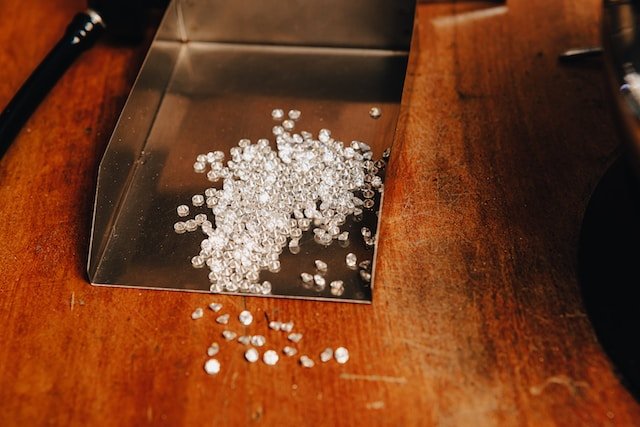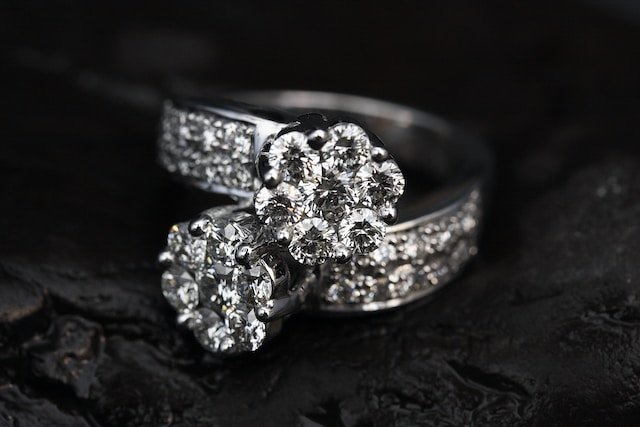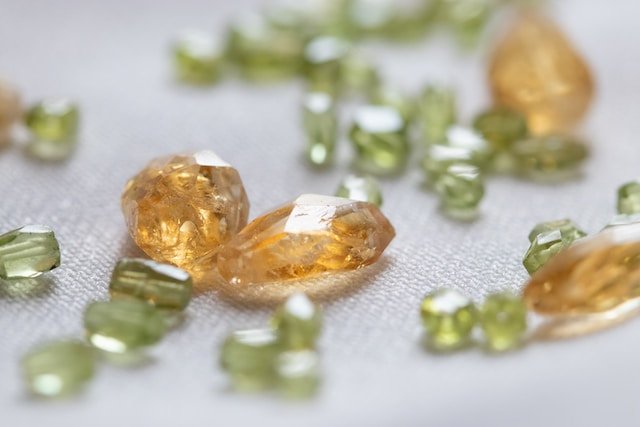
What are lab grown diamonds and how do they compare to mined diamonds?

The technology exists to create precious gems in a laboratory providing a quality that is virtually identical to that of natural stones.
So what are lab-grown diamonds exactly, how do the companies that produce them handle this process, and what impact does their man-made nature have on their pricing?
What are Lab Grown Diamonds?
Lab grown diamonds, also known as cultured diamonds, are man-made products that have the same chemical composition and physical properties as mined diamonds, and can be integrated into pieces that are available from reputable companies like VRAI.
They can be conjured up in a laboratory setting using advanced technology to replicate the conditions found deep within Earth’s crust, where diamonds form over millions of years.
These gems are identical to mined ones, but are significantly more affordable, meaning you can get more carats for less. This is because mined diamonds are more labor intensive and the market is controlled by only a few companies.
How Are Lab Grown Diamonds Created?
The process of creating lab grown diamonds is complex.. It begins with carbon atoms which are heated under extreme pressure inside a vacuum chamber, before being cut into sparkling stones.
Man-made diamonds are created in a controlled environment, inside a chamber that mirrors what it’s like thousands of meters underground where gems are formed organically.
This process begins with carbon atoms, which are heated to extreme temperatures of around 2200 degrees Celsius under immense pressure, equivalent to over 1 million times that of the atmosphere we’re used to here on the surface of the planet.
The output is a rough diamond that gets cut, polished, and certified, exactly in the same way as mined diamonds. The resulting diamond crystals form when these atoms cool and bond together into patterns that give each gem its unique characteristics – size, shape, color and clarity.
A rough diamond is cut and polished, and graded exactly like a mined diamond. The cutting, polishing and grading still needs to take place after growing, as mentioned, so lab-grown and mined diamonds share these aspects of their processing and manufacture.
The Benefits of Owning a Lab Grown Diamond
Lab grown diamonds offer several advantages compared with their counterparts, so whether or not you are primarily interested in their long term value, it’s worth knowing about what they have to offer buyers right now.
First, they are easy on the pocketbook. To the untrained eye, they are identical to diamonds both from a chemical and aesthetic perspective, except that their production is less costly than mining, and so retailers can afford to keep down asking prices for man-made gems.
Second, they are sustainable and eco-friendly. VRAI’s lab-grown diamonds are grown in a foundry that produces zero net emissions..
Third, after being grown they can be customized through cutting and polishing according to your individual preferences, just like mined diamonds. As a result, you can get a personalized piece while still keeping an eye on your budget.
Do Experts Believe They Will Increase in Value?
Opinion is divided on whether lab grown diamonds will ever become as valuable and sought-after as diamonds that have been mined.
Some experts point to the increasing popularity of man-made gems, and argue that they could eventually overtake mined counterparts in terms of value. Others claim it’s unlikely, due to the large existing stockpile of diamonds already available in the market.
However, one thing all agree upon is that man-made diamond jewelry presents an opportunity for savvy shoppers looking for a cost-effective solution without compromising on quality or beauty.
Ultimately, this could be contingent on whether or not there is a major shift in the way that lab grown diamonds are perceived.
Opinions on diamonds have already changed significantly over the past century, and so there are other reasons for buyers to go out of their way to snap up man-made gems, just as there are reasons for people to pick a plant-based diet. If society continues evolving as it has done in recent years, then we could well reach a tipping point where the value of diamonds created in a lab is equivalent to or even greater than the alternatives.
Examining the Impact on Jewelry Manufacturing and Trade Industries
The rise of lab grown diamonds has had a profound impact on the market as a whole.
Diamond mining firms have seen their sales decrease as customers opt for man-made gems instead. Many in this sector are embracing the changes in technology that enables them to produce lab grown diamonds too.
Man-made diamond manufacturers have experienced impressive growth due to increased demand from consumers who value affordability, or are speculating on the potential for their products to increase in price as time passes. There are industrial applications, which is another aspect explaining their rise in popularity.
Ultimately, both sides will continue to benefit, provided they stay ahead of technological advances and remain competitive within an ever-evolving market.
The Bottom Line
As with any prediction about future twists and turns in a complex market, it’s impossible to be certain about whether lab grown diamonds will indeed eclipse mined diamonds both in terms of sales figures and values in years to come.
There is little doubt that we are living through a very exciting time for the diamond market, and the jewelry industry as a whole. A new generation of consumers can enjoy gemstones in a more sustainable and eco-friendly way.
Feature Photo by Lucas Santos on Unsplash















![SeaBear’s Mike Mondello is Smokin’ [INTERVIEW]](https://luxebeatmag.com/wp-content/uploads/2022/06/Mike-Mondello-Beer-SeaBear-2022-a-1-440x264.jpg)




















